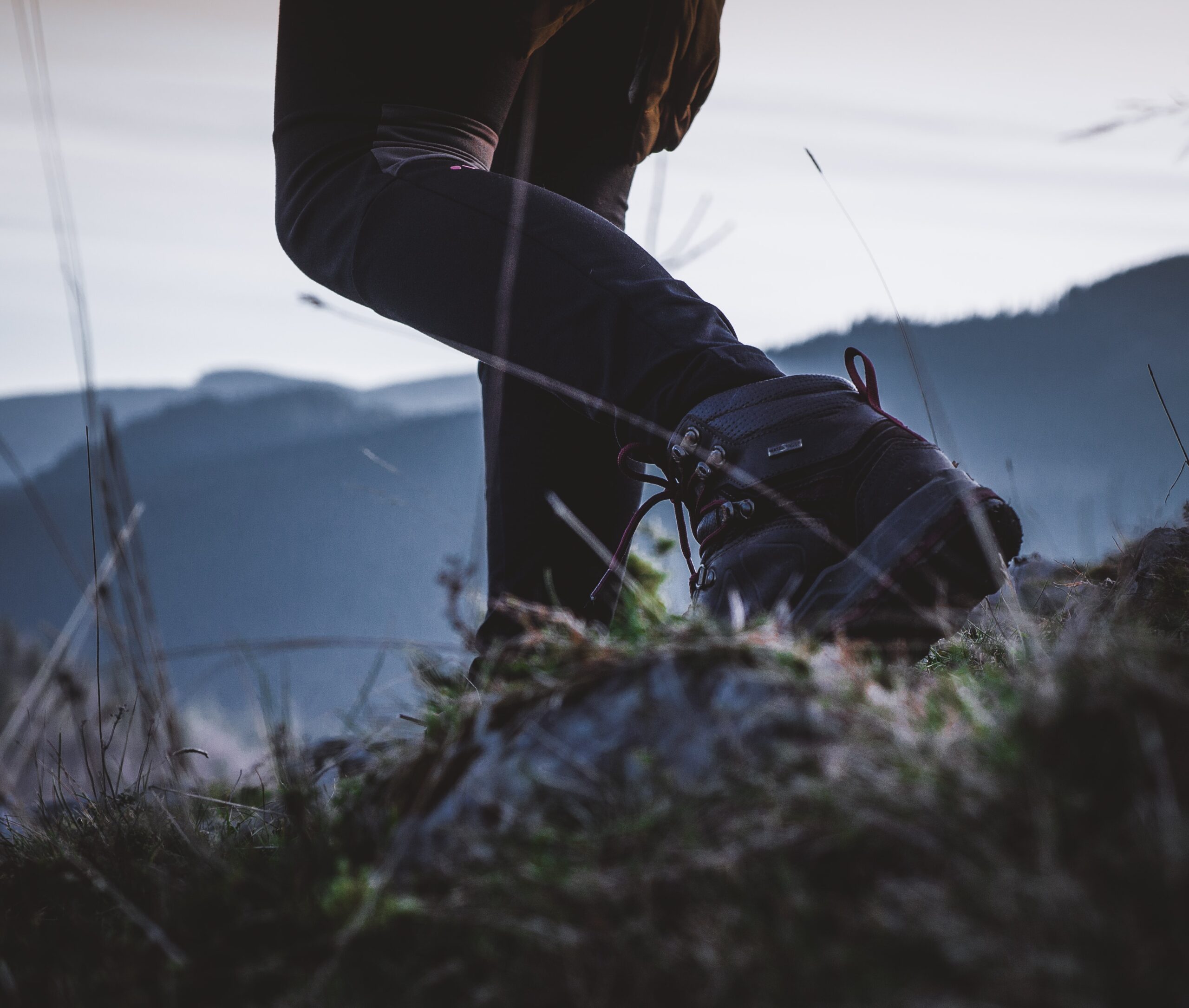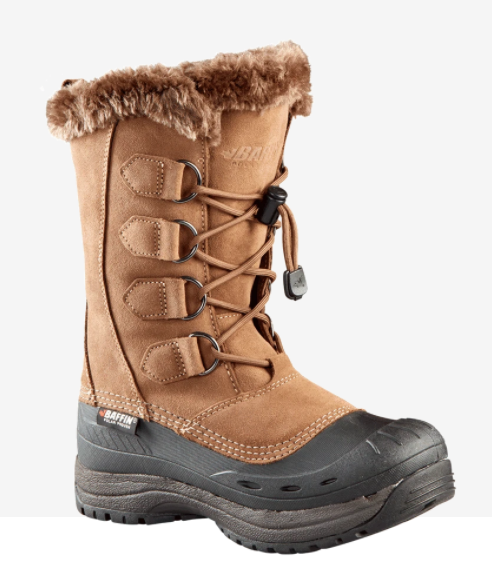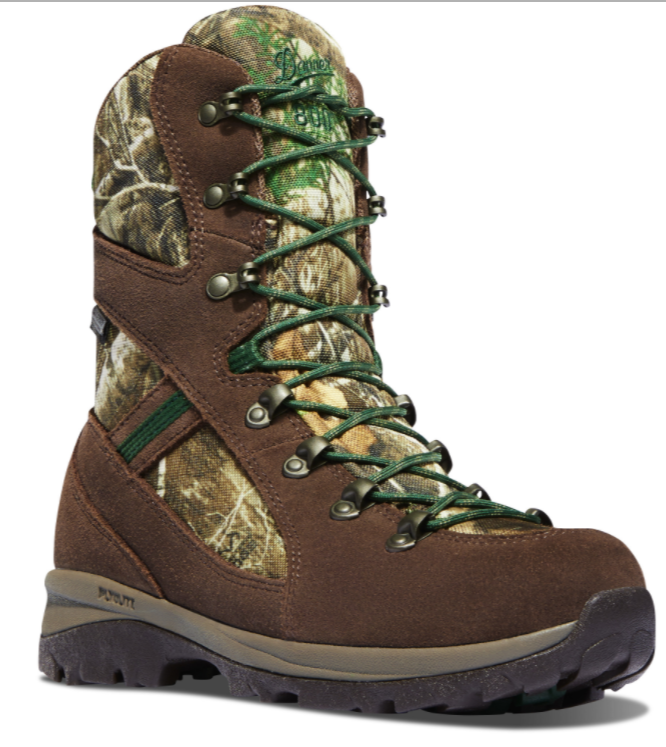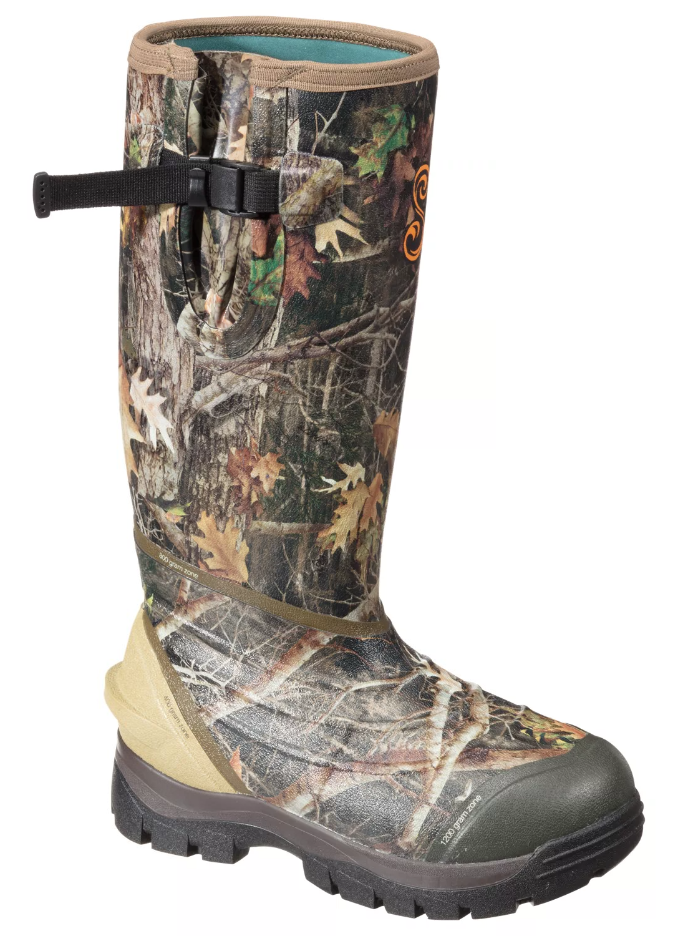
Long hunts and time spent afield can take a toll on your feet and ankles
As brightly colored leaves dazzle the fall landscape, hunters nationwide will migrate to mountains, woods, and fields. Unfortunately, many are ill prepared for the beating their feet will take.
Hunters, and others who love the outdoors, often don’t realize how strenuous it can be to withstand constant, vigorous walking on uneven terrain. Lax physical conditioning and inappropriate footwear lead to many patients being seen in the office every fall for foot and ankle problems such as sprains, fractures, heel pain, Achilles tendonitis, and even infections from severe blisters. Hiking steep hillsides, climbing into tree stands, or stalking through wet, slippery fields and wooded areas puts stress on the muscles and tendons in the feet and ankles, especially if you haven’t conditioned properly before getting out into the field.
How to Choose the Right Boot for You
1. Select High-Quality Boots
Strong, well-insulated and moisture-proof boots with steel or graphite shanks. These boots offer excellent ankle and foot support that helps lessen stress and muscle fatigue to reduce injury risk. The supportive shank or insole decreases strain on the arch by allowing the boot to distribute impact as the foot moves forward. If a boot folds in half in the middle, don’t buy it, you’ll regret it later.
2. Consider the Activity
Heavy PAC boots with thick insulation are best for people with naturally cold feet, those who trudge often in deep snow, or those who spend a lot of time motionless in the cold. My recommendation: Baffin Chloe Pac Boot
Lightly insulated boots with a snugger fit and full lacing are best for people whose activities involve lots of walking or outdoor work. My recommendation: Danner Women’s Wayfinder
Another favorite style are these SHE Outdoor Insulated Rubber Boots for hunting, especially near water.



Chances are, one type of boot is not going to work for every outdoor activity, and you’re eventually going to want a few different pairs to effectively cover all your needs. If you can only afford one pair now, get the style you’ll use more first, and buy another pair later.
3. Socks are Equally Important
In the wet and cold weather, wearing the right socks can help prevent blisters, infections, and frostbite. I recommend synthetic socks as the first layer to keep the feet dry and reduce blister-causing friction. For the second layer, wool socks add warmth, absorb moisture away from the skin, and help make the hiking boot more comfortable. Wool lets moisture evaporate more readily than cotton, so fewer blisters develop.
What happens if your feet or ankles hurt while you’re out in the field?
Pain usually occurs from overuse, even from just walking. If you’re not accustomed to walking for long period of time, or on sloped or uneven ground, your feet and legs will tire, causing muscles to compensate and increasing the possibility of injury. To help prevent a serious injury, like a tendon rupture or severe sprain it’s important to stop and rest if you begin to have pain. Pain is a warning sign that something is wrong. The risk of injury escalates significantly if you ignore the warning signs.
Evaluation by a foot and ankle surgeon is recommended if there is persistent pain following a hunting outing. Inattention to problems at their early stages may lead to a serious injury that will keep you stuck at home and out of the field for a long time.
Meghan is a Sisterhood of the Outdoors Field Staff member & Doctor of Podiatric Medicine at the St. Louis Foot & Ankle Institute

